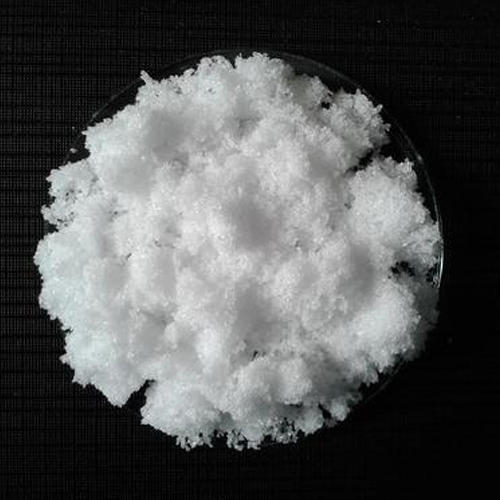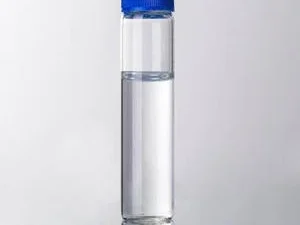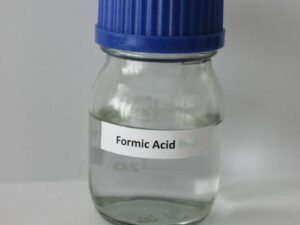Description
Oxalic Acid: A Powerful Compound With Surprising Applications
Oxalic acid, a naturally occurring organic compound, is more than just a chemical formula on a textbook page. It’s a potent substance with a fascinating history and a wide range of applications, from removing rust to contributing to the tartness of rhubarb. While it can be beneficial, understanding its properties and safety precautions is crucial.
What is Oxalic Acid?
Oxalic acid, also known as ethanedioic acid, is a dicarboxylic acid with the formula C₂H₂O₄. In its pure form, it’s a colorless, crystalline solid. It’s naturally found in many plants, including spinach, rhubarb, parsley, and cocoa, and is responsible for the slightly sour taste of some of these vegetables.
Natural Occurrence and Dietary Considerations:
The presence of oxalic acid in foods often raises concerns about its potential to bind with minerals like calcium, iron, and magnesium, forming oxalates. These oxalates can reduce the absorption of these essential nutrients, potentially leading to deficiencies in the long run. Furthermore, in susceptible individuals, high concentrations of oxalates can contribute to the formation of kidney stones.
However, it’s important to remember that:
- Cooking reduces oxalate levels: Boiling or steaming vegetables high in oxalic acid can significantly decrease their oxalate content.
- Moderate consumption is key: A balanced diet with a variety of foods generally doesn’t pose a significant risk for most people.
- Individuals with kidney issues should be cautious: People with a history of kidney stones or other kidney problems should consult with their doctor or a registered dietitian about managing their oxalate intake.
Beyond Food: Uses and Applications:
Beyond its presence in food, oxalic acid boasts a diverse range of industrial and household applications:
- Cleaning and Stain Removal: Oxalic acid is a highly effective cleaning agent due to its ability to dissolve rust, remove ink and tannin stains, and brighten wood. It’s a common ingredient in rust removers, wood bleach, and some laundry products.
- Metal Treatment: It’s used in metal polishing, etching, and cleaning, particularly for removing rust and scale from metal surfaces.
- Textile Industry: Oxalic acid serves as a mordant in the dyeing process, helping to fix dyes onto fabrics.
- Laboratory Reagent: It is used in various chemical analyses and syntheses in laboratory settings.
- Beekeeping: Beekeepers use oxalic acid to control varroa mites, a common and destructive parasite of honeybees.
Safety Precautions:
While oxalic acid is a useful compound, it’s crucial to handle it with care and follow safety precautions:
- Corrosive Nature: Oxalic acid is corrosive and can irritate the skin, eyes, and respiratory tract. Direct contact should be avoided.
- Protective Gear: When working with oxalic acid, wear appropriate protective gear such as gloves, eye protection (goggles), and a respirator if necessary.
- Proper Ventilation: Use oxalic acid in a well-ventilated area to avoid inhaling fumes.
- Storage: Store oxalic acid in a cool, dry place away from children and pets.
- Ingestion: Ingestion of large amounts of oxalic acid can be toxic and can lead to kidney damage and other health problems. Seek immediate medical attention if ingested.
Conclusion:
Oxalic acid is a fascinating and versatile compound with a wide range of applications, from adding a tangy note to rhubarb to removing stubborn rust stains. While its presence in certain foods necessitates mindful consumption, its industrial uses highlight its importance in various sectors. By understanding its properties and adhering to safety precautions, we can utilize the benefits of oxalic acid while minimizing potential risks. As with any chemical compound, responsible handling and awareness are paramount to ensuring safe and effective use.











Reviews
There are no reviews yet.